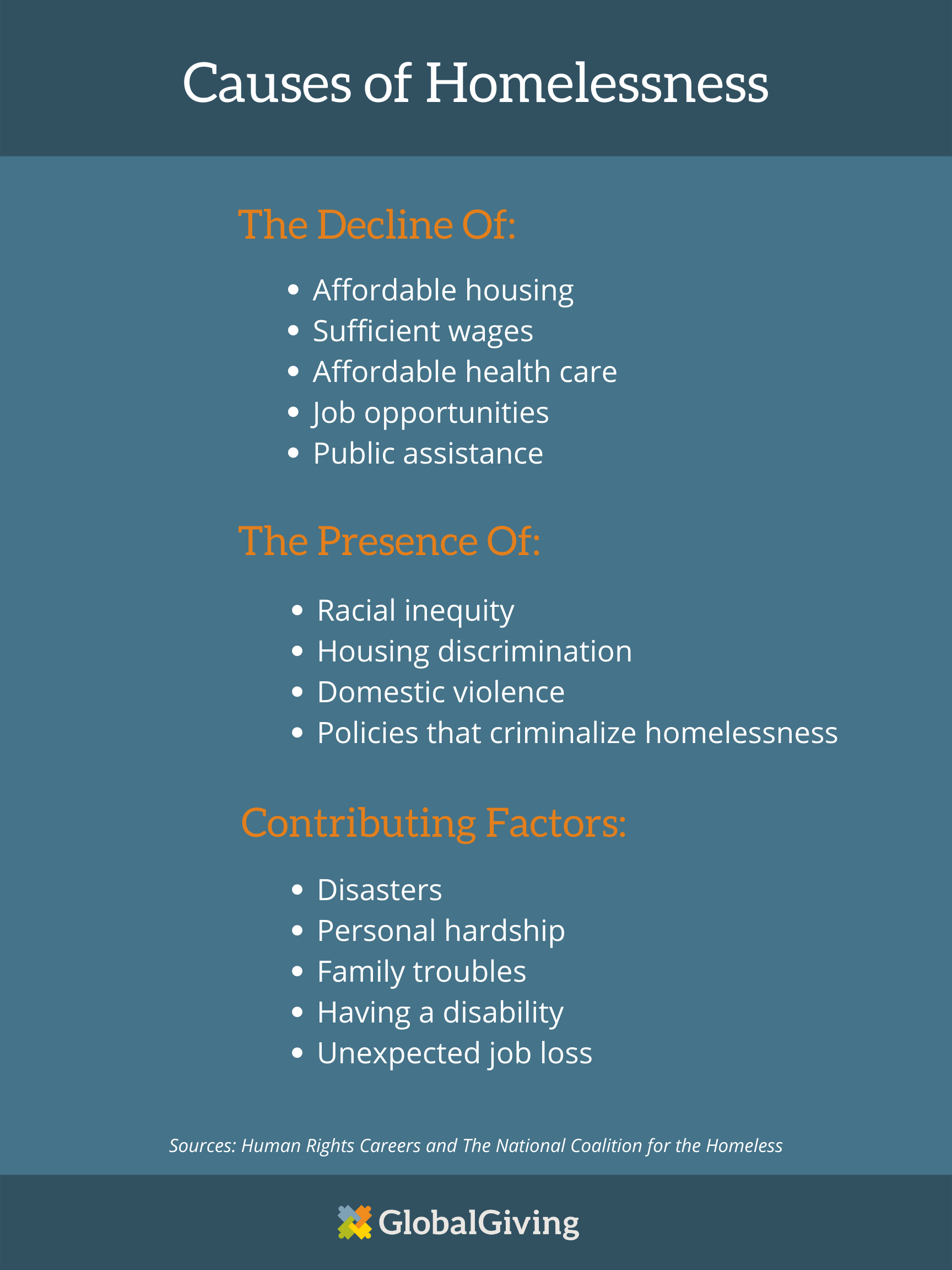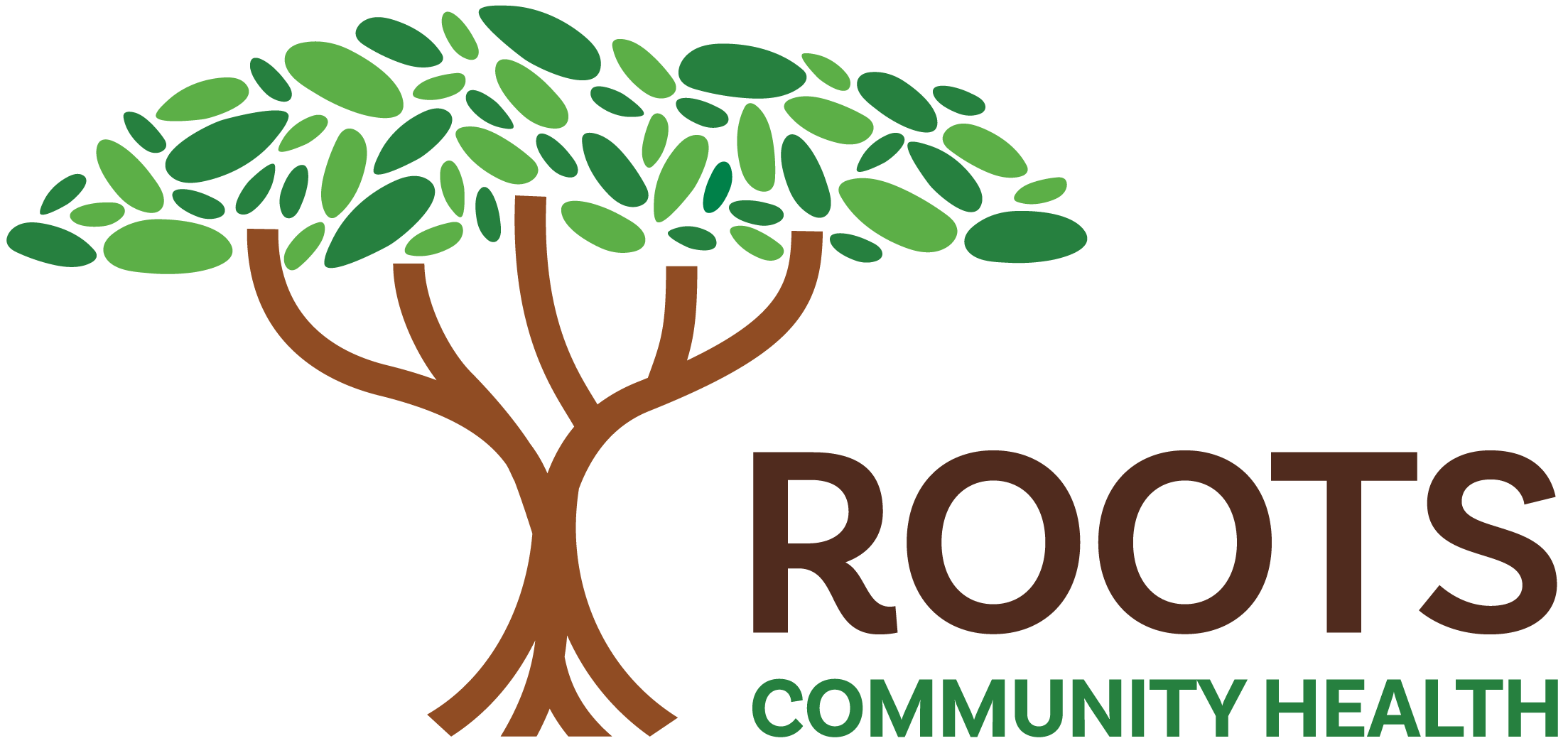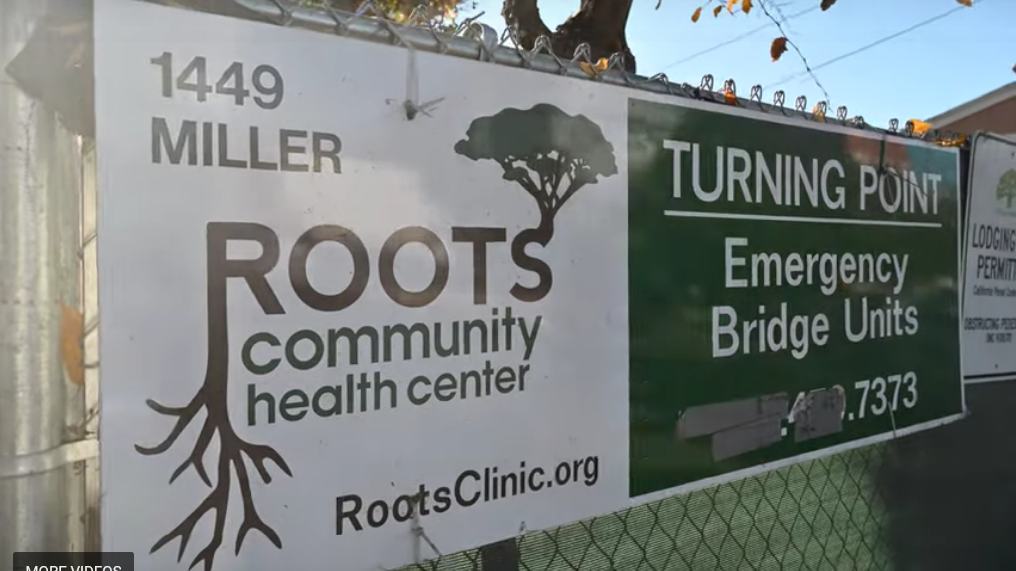How Much Would It Cost To End Homelessness In America?
Learn more about the cost to end homelessness in America, and get statistics about the problems unhoused populations face.
According to the Department of Housing and Urban Development, it would cost $20 billion to end homelessness in the United States. That is a big number, yes, but let’s put it into perspective:
- Americans spend $19 billion a year on unplugged appliances.
- Americans spend more than $35 billion a year on gym memberships.
- The U.S. government spent around $718 billion on its military in 2019 alone.
Ending homelessness is not only an achievable goal (and a moral obligation for many), but it’s also one that would likely save money in the long run. The government spends an average of $35,578 per year for every person who must endure chronic homelessness. Much of this money goes toward publicly funded crisis services, including jails, hospitalizations, and emergency departments.
Popular alternative solutions to end homelessness, such as permanent supportive housing, focus on helping people access permanent housing and coordinated services like mental health treatment and financial assistance. Permanent supportive housing costs $12,800 per person per year on average. But more on the solutions to end homelessness later.
How many people are experiencing homelessness in America?
At least 580,000 people experienced homelessness on a given day in January 2020. And for the fourth year in a row, America’s homeless population grew. The 2% increase in 2020 was actually less than the 3% uptick reported between 2018 and 2019, but many homelessness advocates argue that these numbers fail to account for the true scope of the homelessness crisis in the U.S.
The COVID-19 pandemic’s safety regulations made it more challenging to count dispersed unhoused populations. Many say it’s difficult to account for every person experiencing homelessness because some are hidden, sleeping in a car or motel.
“We know there are many more people in our community who are not experiencing literal homelessness but who are unstably housed and unable to pay rent,” Renee Cavazos, Development Manager of Coalition for the Homeless of Houston/Harris County, said.
What are the causes?

Here’s what national and local experts have to say about some of the most common causes of homelessness:
1. Lack of affordable housing and insufficient incomes
The lack of affordable housing and insufficient incomes are widely cited as the leading causes of homelessness. Since the 1980s, housing costs in metro areas have skyrocketed as wages stayed largely stagnant—even as workers’ productivity increased.
As a result, a full-time minimum-wage worker cannot afford a fair market rate two-bedroom apartment anywhere in America without clocking 97 hours per week. With 63% of Americans living paycheck to paycheck, many local leaders have seen firsthand how a setback can spiral into a crisis.
“One unexpected financial emergency outside of their control can put them at risk of eviction and becoming homeless,” the team at Resident Relief Foundation said. The California-based nonprofit has helped more than 150 families on the verge of eviction stay in their rented homes through temporary subsidies.
One of those families was Latisha’s. Latisha lost her job during the pandemic and managed to secure a new remote position. Still, she was unable to cover the four months of rent payments that accumulated while searching for work and caring for her family.
“This pandemic has proven to be quite a trying time for us,” Latisha said. “I struggle with finding the words to express the level of hopelessness I’ve felt during the last six or seven months, not knowing if I would be able to keep a roof over my children’s heads or provide the necessities. It’s been beyond rough, and I thought I would never get myself out of the financial disaster that this pandemic has placed me in.”
Latisha was approved for a temporary subsidy from Resident Relief Foundation the week before Christmas.
“I’m able to breathe freely again. I’m back working and can now move forward without the heavy burden of months of debt to catch up on.” — Latisha
Thousands of people have a story similar to Latisha’s.
[Help people experiencing homelessness in the U.S. today.]
2. Gaps in affordable healthcare and medical services
Did you know that 66.5% of U.S. bankruptcies are tied to medical issues? Even before the pandemic overwhelmed the country’s health system and caused up to 12 million Americans to lose their employer-sponsored health insurance, more than 530,000 families were filing for medical bankruptcy in a given year.
The team at Roots Community Health is far too familiar with the link between limited access to medical services and homelessness. The organization provides culturally informed healthcare services in Oakland, Calif. Director of Planning Roderick Stevenson said the COVID-19 crisis has added to issues in their community, such as the lack of access to medicine and financial instability.
“While COVID-19 is a global pandemic, its impact on the vulnerable, low-income population of East Oakland has been particularly severe,” Noha Aboelata, Founder and CEO of Roots Health Community Center, wrote in an October 2020 report. Of the deaths caused by COVID-19 in the San Francisco Bay Area, about 26% were reported in Alameda County, where East Oakland is located. When you break down Alameda County data even further, it’s clear that the hardest hit zip codes are predominantly low-income communities of color.
Chronic homelessness and medical illnesses have always gone hand in hand. In 2017, 20% of the homeless population reported having a severe mental illness, 16% reported having conditions related to chronic substance abuse, and more than 10,000 people had HIV or AIDS. People living in shelters are more than twice as likely to have a disability than the general population.
3. Racial injustice and discrimination
Most minority groups, especially African Americans and Indigenous people, experience homelessness at higher rates. Why? Most experts point to the lingering effects of longstanding historical and structural racism as the primary explanation. One of the most harmful practices of systemic racism in the U.S. today is known as redlining. Here’s how Sarah, an Individual Giving Associate at Sarah’s Circle, a nonprofit that supports unhoused women in Chicago, summarized redlining’s lasting mark on American communities:
“Redlining is the refusal to lend money or extend credit to borrowers in certain areas of town deemed undesirable due to the presence of poor people, minorities, and particularly Black people. Today, redlining continues through the actions of housing gatekeepers,” Sarah said. A 2018 report found that landlords in several Chicago neighborhoods limit the housing options for minorities and individuals with housing choice vouchers.
“The systematic denial of housing to people in poverty hoards premium resources to people at the upper ranks of society, keeping many from achieving the “American Dream” for generations.”
— Sarah
Sarah’s Circle works with women who have faced multiple challenges in their lives, including domestic violence, mental illness, physical disability, or substance addiction. Sarah’s Circle provides personalized case management, health services, housing assistance, food, and other resources to help women.
[Help people experiencing homelessness in the U.S. today.]
4. Domestic violence
Domestic violence is an immediate cause of homelessness for many children and adults, which is why homeless service providers set aside more than 48,000 beds for survivors of domestic violence on any given night in 2019. However, shelters are frequently filled and have to turn away domestic violence survivors, according to The National Coalition for the Homeless. Long waiting lists for assisted homes and the lack of affordable housing force many women to choose between abuse at home or life on sidewalks or in a car. These grim options are likely why 46% of unhoused women in Minnesota reported staying in abusive relationships because they had nowhere else to go.
Nonprofits like Pathways to Safety International give domestic abuse survivors a third option. Trained advocates provide counseling services, relocation support, housing assistance, and legal support to women through email. These services help women who are trying to escape from violence but don’t have access to the services or resources they need to safely return home. The nonprofit has helped more than 10,000 women and children free themselves from abuse.
5. Disasters
Disasters can unhouse thousands of people, as was the case when Hurricane Katrina crashed into Louisiana in 2005. The catastrophe killed at least 1,800 people, destroyed more than 800,000 housing units, and cost $100 billion in damages. In the years that followed Hurricane Katrina, private property owners rebuilt homes that were considerably more expensive than those they replaced. A 2015 report found that rent prices rose by 102% and housing values by 109% between 2000 and 2013, far outpacing the city’s annual median income, which remained steady at about $37,000.
New Orleans community members were very involved in the city’s recovery process. Still, they struggled at times to effectively communicate their unmet needs to City Hall, according to the Committee for a Better New Orleans. To help hold their government officials accountable to underrepresented communities’ needs, the committee started a NOLA Citizen Participation Project. One of their aims is to create a disaster preparedness plan for neighborhoods in high-risk flood zones. This type of measure protects community members—and their homes—from another Katrina as the climate crisis continues to threaten coastal cities around the world.
What are the solutions to end homelessness?
The answer to this question will depend on who you ask. For Renee Cavazos at the Coalition for the Homeless of Houston/Harris County in Texas, the answer is housing.
“Rather than use public and private funding on band-aid responses like hotel stays, we have remained committed to implementing long-term permanent housing solutions,” Renee said.
In 2020, the organization’s annual homeless count found that more than one in seven people experiencing unsheltered homelessness said they were unhoused due to the COVID-19 pandemic. They cited job losses or reduced working hours as the precipitating event. Renee and her team think this rate would have been even higher without the coalition’s housing-focused COVID-19 response, which they called the Community COVID Housing Program. From October 2020 to the night before the count began in late January, the coalition placed 800 people into permanent housing with supportive services. Now, the Houston region’s homelessness response system is gaining recognition across the state for its effectiveness.
“We remain hopeful that, together with our partners, Houston will become the first major city to end chronic homelessness and create a community where no one has to be without housing for more than 30 days,” Renee said.
[Help people experiencing homelessness in the U.S. today.]
Many experts also stress the importance of preventative services to reduce poverty, increase housing affordability, and offer more accessible medical health services. “Ending homelessness will depend on reducing poverty in America,” according to the team at The National Coalition for the Homeless. The nonprofit takes an advocacy-based approach to ending homelessness. Donations help strengthen their movement led by people who have experienced homelessness.
“To truly end homelessness, we need to reenergize and organize a movement to demand a significant increase in federal funding that keeps pace with rising local needs,” Donald Whitehead, Executive Director of The National Coalition for the Homeless, said.
Another way to support preventative services is by donating to organizations that help communities access resources. “We believe people with disabilities, mental health concerns, and addictions can best address those concerns when housed with no timelines or program-required expectations,” Beth Benner, Executive Director of Women’s Housing Coalition, said.
And these are only some of the solutions to end homelessness. You can help people who are unhoused access permanent homes and preventative resources by donating to a community-led nonprofit working to end homelessness.

